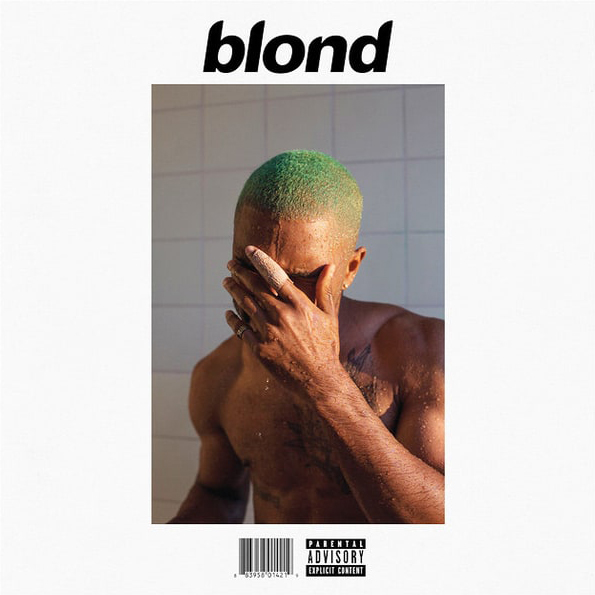
After four seemingly endless years, Frank Ocean released “Blonde,” the follow-up album to his highly regarded debut “Channel Orange” on Aug. 20.
With “Channel Orange,” Ocean took rhythm and blues and soul into the modern age, practically redefining what it means to make smooth music in the process. “Channel Orange” was an ambitious project; it took elements from funk, soul, electronica, R&B and even hip-hop to create a truly unique product featuring deep bass, tight drum sets and otherworldly electronic sounds. Coupled with Ocean’s one-of-a-kind voice singing passionately written romantic tragedies, it’s no wonder the album was such a success.
However, after “Channel Orange,” he nearly disappeared from the public eye and gave little to no indication of what music, if any, he was making. Over the next four years, predictions were made as to when Ocean’s sophomore album would come out and what it would sound like.
Eventually, even Ocean himself began to tease his fans, giving them a release date only to push it back further and further. Nobody really knew what was going on and whether or not the album was ever truly going to come out.
After live streaming through Apple Music what would become the video album “Endless,” Ocean released “Blonde” a day later. “Endless” was most likely released to create buzz for “Blonde,” and isn’t meant to be looked at as a stand-alone finished product. Think of it as an art project paid for by Apple. The music on “Endless” can be described as a modernized fusion of soul and pop, almost like music you would listen to in space.
On “Blonde,” the model that helped shape “Channel Orange” is scrapped for something far more minimalist and experimental.
As a whole, “Blonde” lacks the cohesiveness of “Channel Orange” but makes up for it in its display of raw emotion. The organized and smooth sound of “Channel Orange” is traded for a more personal sound featuring light, feathery guitar work and drums that are never overbearing. The stripped-back sound showcases Ocean’s ability to elicit powerful emotions in the listener.
This is where Ocean excels; he can have you heartbroken and helpless through his own experiences and failings, belted out in his distinctive voice. He is unafraid now, there is nowhere he is unwilling to go with his music, no emotions he isn’t willing to feel and sing about. The boldness in making such honest and personal music is what makes Ocean so unique.
“Blonde” opens up with “Nikes,” which although being audibly enjoyable, has no clear message or aim. However, on “Ivy,” the second track, Ocean refocuses. He muses about a past love and the passing of time, how even though he knows he can never go back, it still replays in his mind.
He sings, “I ain’t a kid no more / We’ll never be those kids again,” and later on, “my waves wouldn’t dip back then / Everything sucked back then.” Ocean retells what his life was like when he first fell in love with this unnamed person.
He dials up the emotions even more on “Self Control” with vocals backed by slow, rhythmic acoustic guitar. He sings, “Some nights you dance with tears in your eyes.” The significant time lapse between “Channel Orange” and “Blonde” makes the content on the latter appear more mature. By talking about his past failings or negative emotions, Ocean shows he has learned from them.
Overall, “Blonde” is filled with sounds and lyrical content that are hard to find in todays cookie cutter music scene; Ocean made the album he wanted to and released it on his own terms. Most artists try to glamorize their lives or aggrandize their own egos, but not Ocean. His music resonates with people because he chooses to be emotional, vulnerable and, most of all, real.


